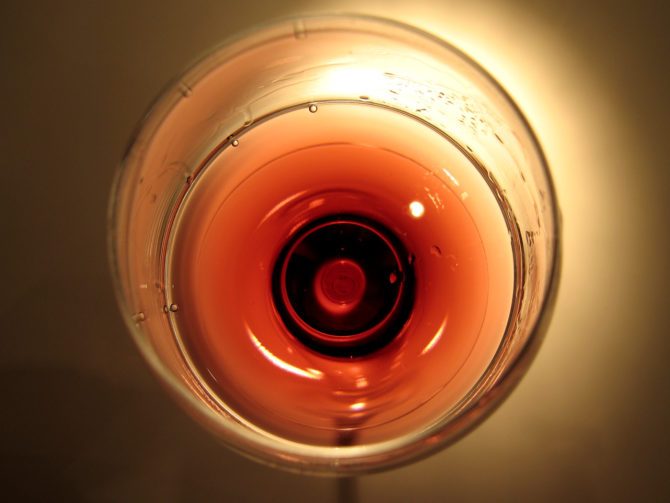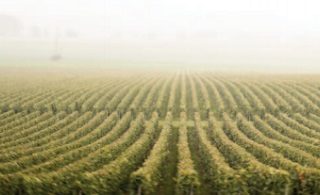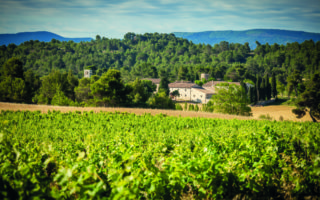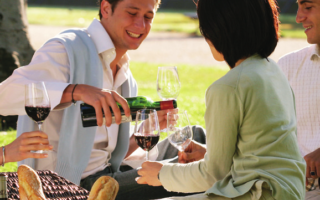Learning how to taste wine


Taste with your brain not with your tongue
Drinking wine is not the same as tasting wine.
It’s a beautiful, hot sunny day in Provence. Not a cloud in the sky. The olives trees are shimmering in the warm breeze. On the terrace, under the white parasol, a few old friends of yours have gathered for lunch, lively conversation and good fun. The wine is flowing: Côtes de Provence Rosé 2004, which you bought at small nearby vineyard. There is laughter, a salad with tomatoes freshly picked from the garden and local olive oil, crusty bread, bad jokes and old stories from school way back when.
This, my dear friend, is the best way to drink wine…
How tasting is different from drinking
Now if you want to taste wine you will need a different atmosphere and a different state of mind. In fact, one tastes wine with the mind while one drinks wine with the mouth. Different organs deliver different results.
Wine is a complex beverage, or at least it should be, and to understand a wine’s complexity and depth you need to analyze it. This can only be done with the help of your brain. Your taste buds can only distinguish the four basic tastes: sweet, salty, sour, and bitter. The salty/sweet taste buds are located near the front of your tongue; the sour taste buds line the sides of your tongue and the bitter taste buds are found at the very back of your tongue. Your brain on the other end can discern a multitude of nuances and experience an infinite number of feelings.
[mrb]
The trick then is to bring the wine from your month to your brain:
1) In a quiet environment with good lighting, preferably natural, pour 1/3 of a glass of wine and examine it. It should be clear, reflect the light and be vibrant.
2) Swirl it around for a minute or so to give it good exposure to the air and allow the aromas to develop.
3) Stick your nose in the glass. Literally. Deeply inhale to let the aromas of the wine go all the way up to your olfactory bulb, the part of the brain that is involved in detecting odors. Don’t forget 90% of taste is actually smell…
4) Now you are ready to take a sip, not too big, not too small and move it around your mouth gently without swallowing. Let the aromas go up to your brain and think…
5) Swallow and concentrate. Try to identify the different sensations that come to your mind. For white wines look for freshness, acidity, taste of citrus fruit, pineapple, vanilla or wood, depending on how the wine was made. For Rosé, look for subtle flower scents, strawberries or rose petals. In red wines, concentration, power, and the taste of red berries.
Now all of this takes a little patience and a lot of concentration, and it is not easy to understand how our brain works. It will take time to get accustomed to this strange ritual. But only if you go through this exercise will you become a true wine connoisseur and “dégustateur or dégustatrice”.
The alternative is to remain an ordinary wine drinker. Not a bad thing, mind you…
Did You Know?
- We have more than 10,000 taste buds inside our mouths; even on the roofs of our mouths.
- Insects have the most highly developed sense of taste. They can taste with their feet, antennae, and mouthparts.
- Fish can taste with their fins and tail as well as their mouth.
- In general, girls have more taste buds than boys.
- Taste is the weakest of the five senses.
Photo by minor9th via Flickr
Share to: Facebook Twitter LinkedIn Email
More in fishing, garden, learning, provence, schools, vineyards, wine
By FrenchEntrée
Leave a reply
Your email address will not be published. Required fields are marked *



